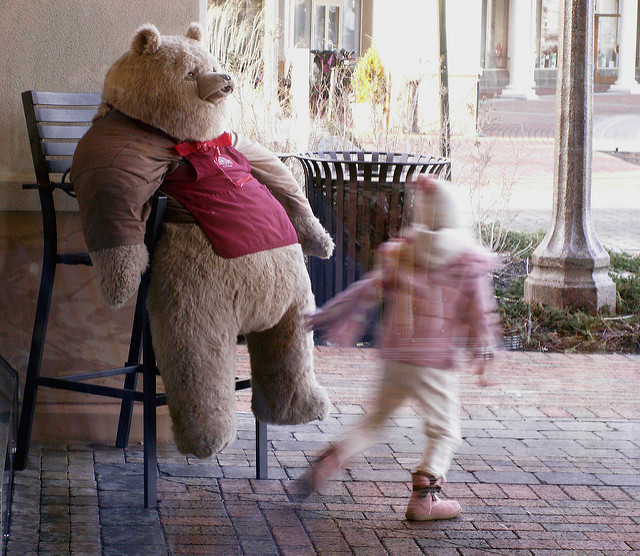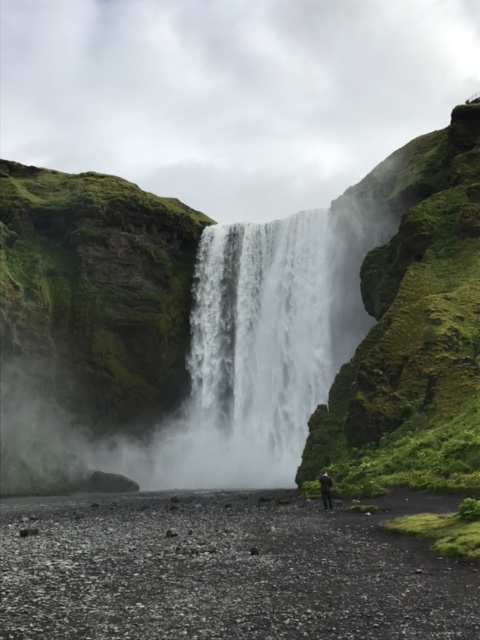I want a puppy, but his answer is always “NO.”
Tweety, my yellow parakeet, has died after six years of squawking, escaping his cage, and flinging seed hulls everywhere.
“No more birds, either,” says my father, in a tone that I dare not challenge.
I am bereft. I want something to take care of. Some small living thing that belongs to me.
I’m getting too old to catch caterpillars (the forest tent caterpillars, to be exact, which have amazing, detailed patterns with brilliant blue stripes and are not very hairy) and keep them in used margarine containers until they turn into little brown moths. Far too old to catch toads after school and bring them home in my metal Charlie Brown lunch box, which I was quickly forbidden to do.
I sigh.
On a trip to Woolco, something catches my eye. It’s enchantingly tiny and it won’t make a mess or escape in the house.
So I ask: “Daddy, can I have a cactus?”
He looks at me oddly, as if he’s trying to decide whether or not I am being a smart aleck.
“Sure,” he says.
The cactus costs 89 cents, the same as a 45 rpm record. It’s spherical, about the circumference of a quarter, about the height of a quarter standing on its edge.
“Isn’t it the cutest thing?” I ask my Dad.
He raises his eyebrows. “Well, it’s certainly easy to take care of.”
For a couple of week, the cactus sits on my dresser, until I start worrying that it’s not growing. I know cacti don’t need a lot of water – maybe it needs more light, more heat. Cacti grow in the desert, after all.
Hmmm. How can I help it?
I know! The mirror in the bathroom is in a large frame. I can climb on the sink and put the cactus on the top of it, right up there under the light.
Sure enough, it fits perfectly, just inches away from the bulb.
After a few days, I climb up and check on my cactus. It’s grown taller! I give it a few drops of water and return it to its makeshift sun.
And then I forget about it for weeks.
When I finally remembered the cactus and scrambled back on top of the sink to retrieve it, I found only a little brown crisp in the tiny pot.
Burnt slam up, as my grandfather might say.
I stood there gazing at the destruction in my hands, feeling a pang of horror mixed with shame – Am I the only person, ever, to kill a cactus?
I meant well. I wanted the cactus to grow, to thrive, to have what it needed.
I just failed to check on it more than once to see if my plan worked, or to determine if it was even a good plan in the first place.
And the cactus couldn’t say Hey, this is too much light and heat, not enough water – I do still need that, you know.
It just quietly withered away.
The word that comes to mind is mindfulness.
A mighty and crucial thing, indeed.
***
Note: There were hermit crabs and, yes, puppies in my near future.
They fared far better.













